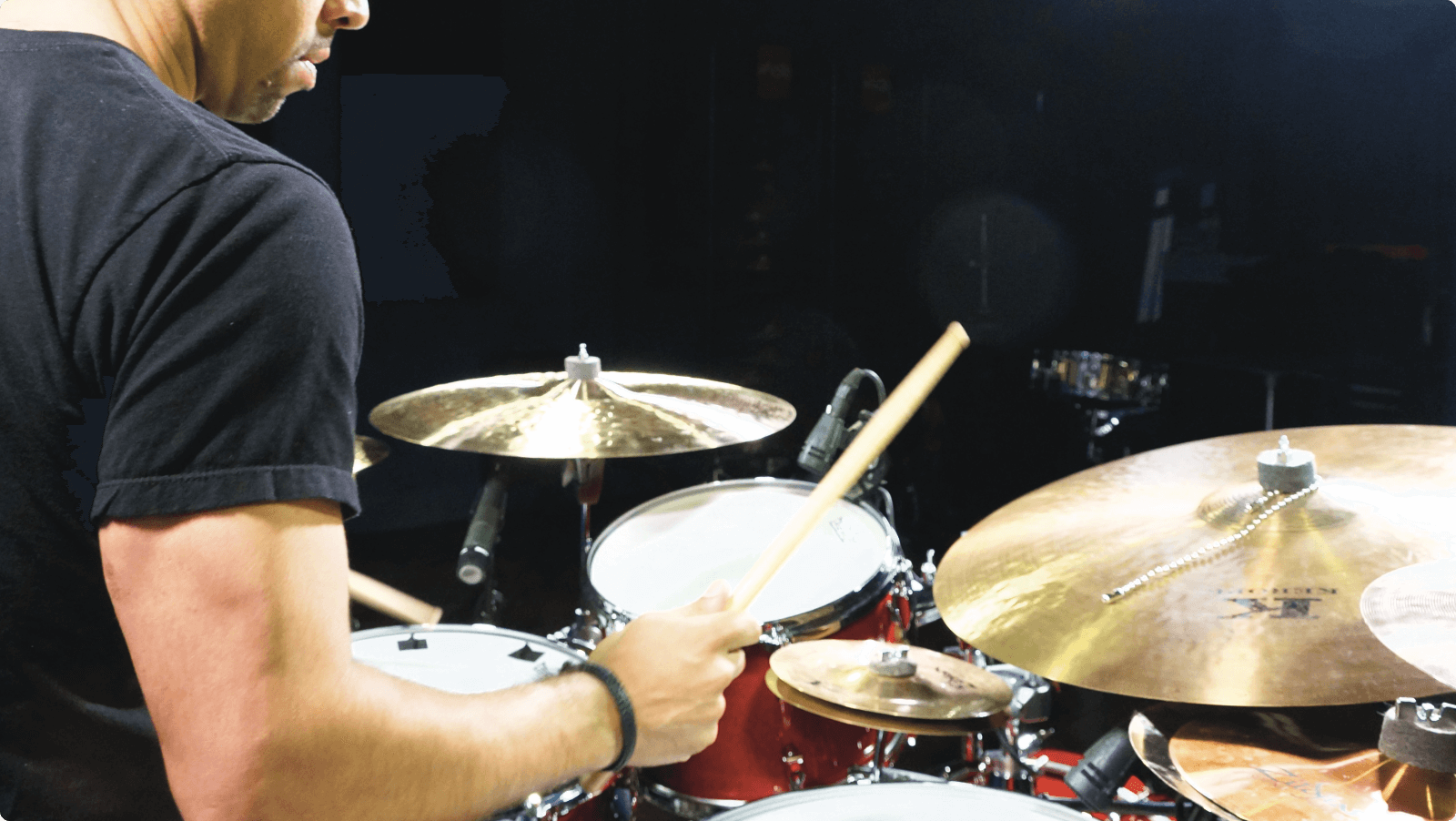
Sometimes, you can’t “just do it.” It’s not a matter of desire or commitment – you’ve crushed your goals in the past. You know what to do. But somehow, you keep getting thrown off your game. Sticking to our goals isn’t as easy as it sounds. Why? Because knowing what to do isn’t the problem. It’s the doing that’s difficult.
The fact is, your brain is hardwired to be lazy. Actually, it really just wants to be more efficient, so it does everything within its power to save time and energy. The more tasks your brain can put on autopilot, the happier it is. If you try to force it to do too many things, it’s going to start to hate you. And, it will make you pay for overtaxing its energy system. Leveraging your brain chemistry puts you in a proactive position of power.
Your brain’s reward circuity responds to gratification. The problem is, goal setting starts and ends with the (thinking) prefrontal cortex, but it’s your (emotional) limbic system that’s in charge. To stay motivated, you’re going to have to rely heavily on dopamine. Dopamine is the neurotransmitter that plays the primary role in reward and motivation. It supplies the pleasure juice and drives the feeling of desire. Any behavior that gives you a dopamine rush will train your brain to want to do it to get the same rush.
But, that’s not the whole story. Although dopamine will give you the quick pleasure rush, serotonin will cause happiness in the long run. Serotonin is a mood stabilizer that helps you feel content and empowered. Other neurotransmitters are also involved with goal attainment, but dopamine and serotonin are the two kingpins. The struggle begins when your brain realizes it’s going to have to wait (sometimes for a very l-o-n-g time) before it’s rewarded for achieving the goal. It gets worse when it realizes you don’t even know what it’s going to take to achieve the goal.
The good news is you can take advantage of brain chemicals that compel you to “want” and “do” by implementing strategies that play into their power. The following are three simple, highly-effective and empowering strategies to move you into action.

To master the art of doing, you must be able to crack your habit code. Habits are predictable patterns that run on autopilot. The actual neurobiology of habit making and breaking is somewhat complicated. However, you can learn to leverage the neural-loop of your habit code without having to overthink the process.
Your code consists of three elements: a trigger (the cue that starts the habit), a ritual (the behavior you want) and a reward (the feeling you get once you’ve done the behavior). If you want to create or break a habit, you must figure out which elements need to change. Here are three simple steps to get you back on track:
The latest research shows, on average, it takes 66 days for a habit to become automatic. That’s a little over two months before it becomes a natural part of your daily routine. The problem, once again, is your brain is lazy and doesn’t want to have to work on anything that doesn’t bring instant reward. Gamifying your ritual (and your life) can make a tremendous difference as far as your brain is concerned. Using gamification apps, such as Habitica, can help keep your goals on track by making even mundane activities more engaging, rewarding and fun. Tracking and checking off a checklist item promotes dopamine release and triggers the need to repeat the action. Even the simple apps Streaks and Momentum can help enhance the rewards of completing the task with something more tangible. Of course, marking off an old-school calendar will still do the trick, but your brain thrives on novelty and fun. So, give it whatever it wants!
When it comes to goals, your brain associates three types of distance: psychological, social, and spatial. You can create greater neural activation around goals by tricking your brain into creating systemic support. A simple strategy is to create an advantage by moving your goal 20% closer. Moving the goal closer requires you figure out what task you’ve already accomplished and check it off as already completed. In other words, never start a goal from scratch. Seeing your goal as if you’re already making progress will light up your reward circuitry and give you a nice hit of dopamine. The sooner your goal is associated with pleasure, the faster you’ll move towards what it takes to achieve it.
Your goals are valuable, and life’s too short to waste time not taking action towards them. Amid challenges and setbacks, you need to keep moving forward, however tempting it might be to give up on them. Give these brain hacks a real shot. You’ll be surprised where they take you.

Pamela Lynn-Seraphine M.S., CPT is a percussionist, educator and pioneering expert on the neuroscience of drumming for brain performance and health. She uses her website, www.NeuroDrumming.com as a digital soapbox to promote rhythmic brain training for healthy aging.


By signing up you’ll also receive our ongoing free lessons and special offers. Don’t worry, we value your privacy and you can unsubscribe at any time.
We use cookies for traffic data and advertising. Cookie Policy »